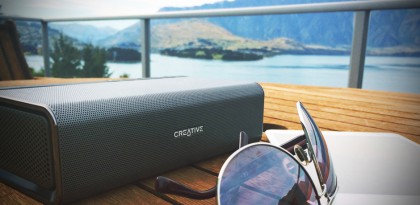From the Consumer Intelligence Research Partners (CIRP) analysis of iPhone 6 and 6 Plus sales since launch:
CIRP finds that a smaller percentage of iPhone buyers came from the Google Android platform after the September 2014 launch, relative to the percentage coming from Android after the September 2013 launch. After the most recent launch, 12% of iPhone buyers reported having an Android phone, compared to 23% after the September 2013 launch.
In other words, for the iPhone 5s launch, 23% of iPhone buyers came from Android. For the 6/6 Plus, 12% came from Android.
OK, now add this:
Android owners did buy more expensive iPhones, relative to the previous launch. At the September 2014 launch, 85% of iPhone buyers that previously owned an Android phone bought the new iPhone 6 or 6 Plus. In contrast, at the September 2013 launch, 52% of iPhone buyers that previously owned an Android phone bought the then-new iPhone 5S.
The first part tells me the relative camps are stabilizing. Android users are more and more sticking with Android, iPhone users the same. The ecosystem walls/tentacles are doing their job.
But that second bit tells me that when the defection does occur, when an Android user does come over, the draw is the larger size of the iPhone 6 and 6 Plus.
“Historically, former Android owners gravitated to the lower priced iPhone models,” continued Levin. “Following this year’s iPhone launch, only 15% of former Android owners bought the legacy 5S and 5C, compared to 47% for the lower priced 5C and 4S following the 2013 launch.”
“Android owners, many of whom already had experience with phones with larger screen phones, were drawn to the 5.5 inch iPhone 6 Plus,” continued Lowitz. “31% of former Android owners who bought an iPhone opted for the 6 Plus compared to only 25% of existing iPhone owners who chose the larger format flagship phone.”
This is all conjecture, given the study’s relatively small size (300 buyers), but interesting nonetheless. Add to this Tuesday’s UBS analyst note (via this article from Fortune) that reflected a study with 4,000 participants, 1,000 of them from mainland China.
• About 40% of respondents said they were likely to buy an iPhone 6 in the next year.
• Over half were leaning toward the higher-margin iPhone 6 Plus, compared with 38% for the iPhone 6.
• Demand in China was particularly high with 29% indicating they were very likely to buy the latest iPhone.
• More striking is Apple’s retention rate in China, which at over 80% “soars above Samsung and domestic brands”
No matter how you slice it, this all points in a positive direction for Apple.

